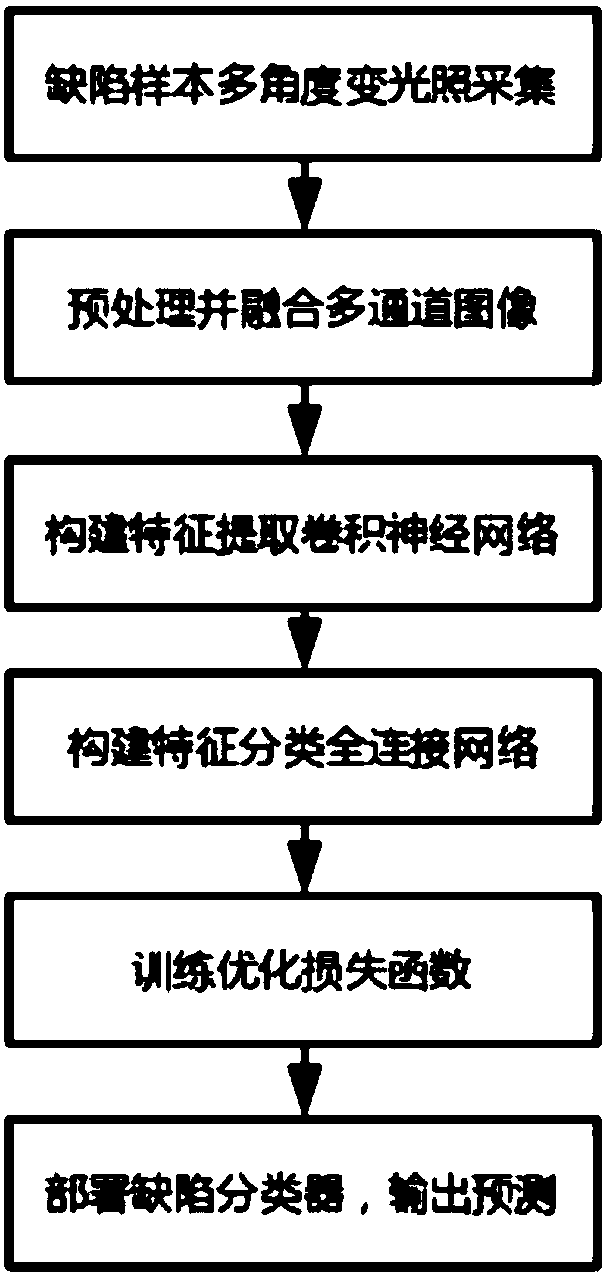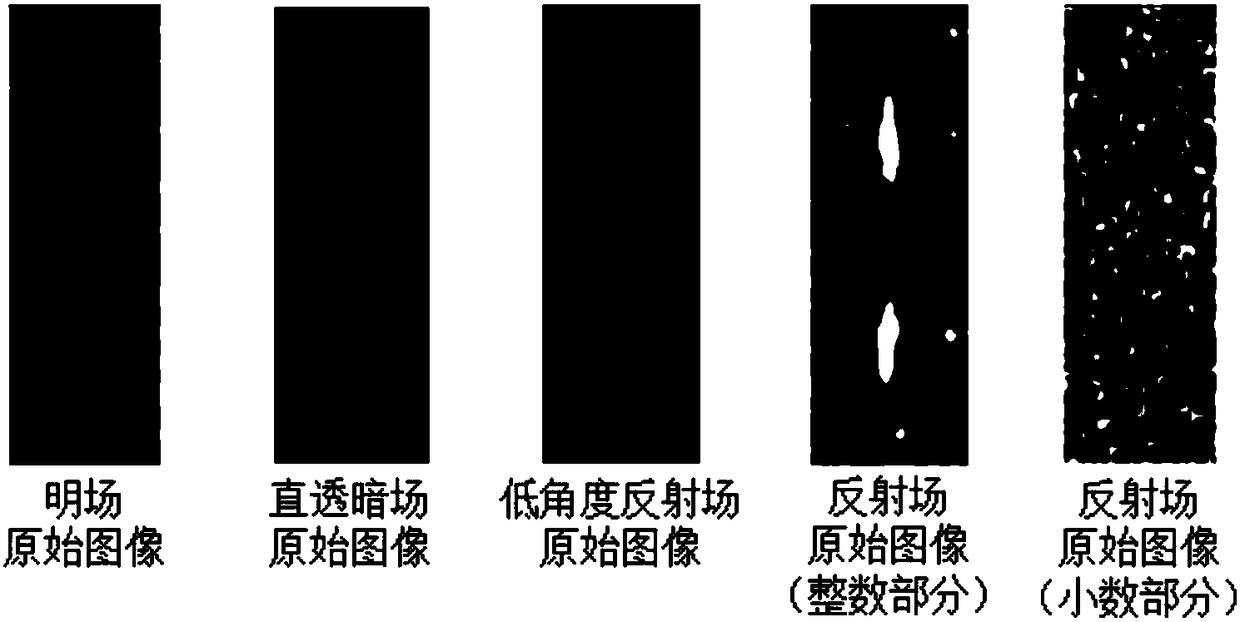Convolutional neural network-based photovoltaic glass defect classification method and device
A convolutional neural network and defect classification technology, applied in the field of photovoltaic glass defect classification, can solve the problems of difficulty in extracting common morphological features and high labor costs, to ensure model generalization ability and prediction accuracy, high classification accuracy, and reduce calculation. The effect of resource consumption
- Summary
- Abstract
- Description
- Claims
- Application Information
AI Technical Summary
Problems solved by technology
Method used
Image
Examples
Embodiment Construction
[0032] Embodiments of the present invention are described in detail below, examples of which are shown in the drawings, wherein the same or similar reference numerals designate the same or similar elements or elements having the same or similar functions throughout. The embodiments described below by referring to the figures are exemplary and are intended to explain the present invention and should not be construed as limiting the present invention.
[0033] The method and device for classifying defects in photovoltaic glass based on convolutional neural networks according to the embodiments of the present invention will be described below with reference to the accompanying drawings. First, the method for classifying defects in photovoltaic glass based on convolutional neural networks will be described with reference to the accompanying drawings. .
[0034] figure 1 It is a flowchart of a photovoltaic glass defect classification method based on a convolutional neural network ...
PUM
 Login to View More
Login to View More Abstract
Description
Claims
Application Information
 Login to View More
Login to View More - Generate Ideas
- Intellectual Property
- Life Sciences
- Materials
- Tech Scout
- Unparalleled Data Quality
- Higher Quality Content
- 60% Fewer Hallucinations
Browse by: Latest US Patents, China's latest patents, Technical Efficacy Thesaurus, Application Domain, Technology Topic, Popular Technical Reports.
© 2025 PatSnap. All rights reserved.Legal|Privacy policy|Modern Slavery Act Transparency Statement|Sitemap|About US| Contact US: help@patsnap.com



